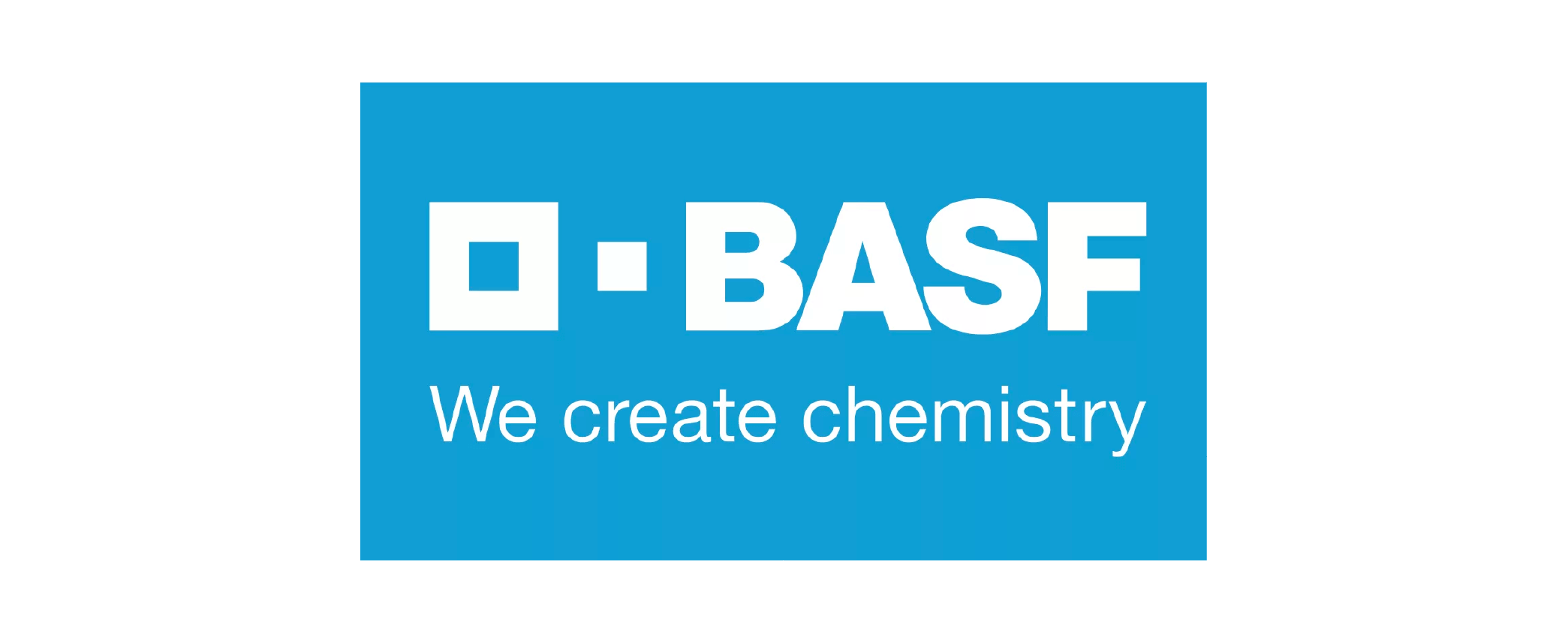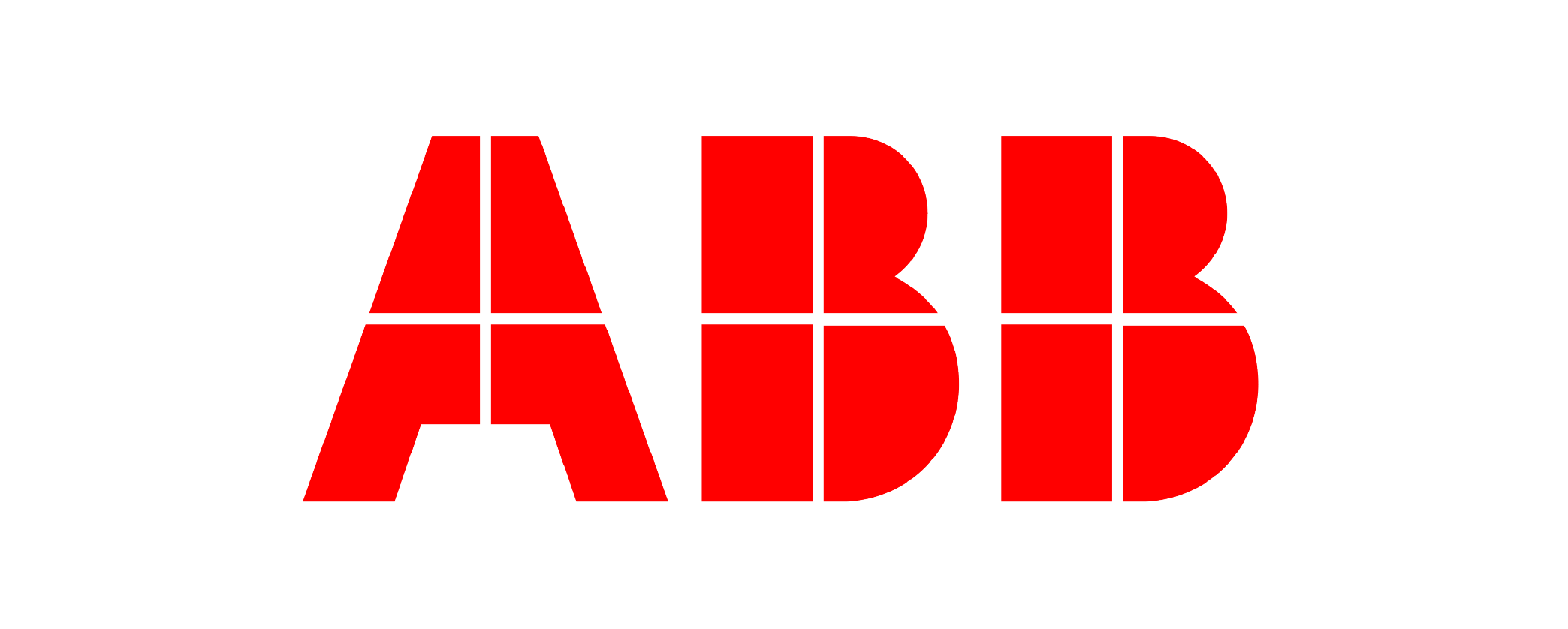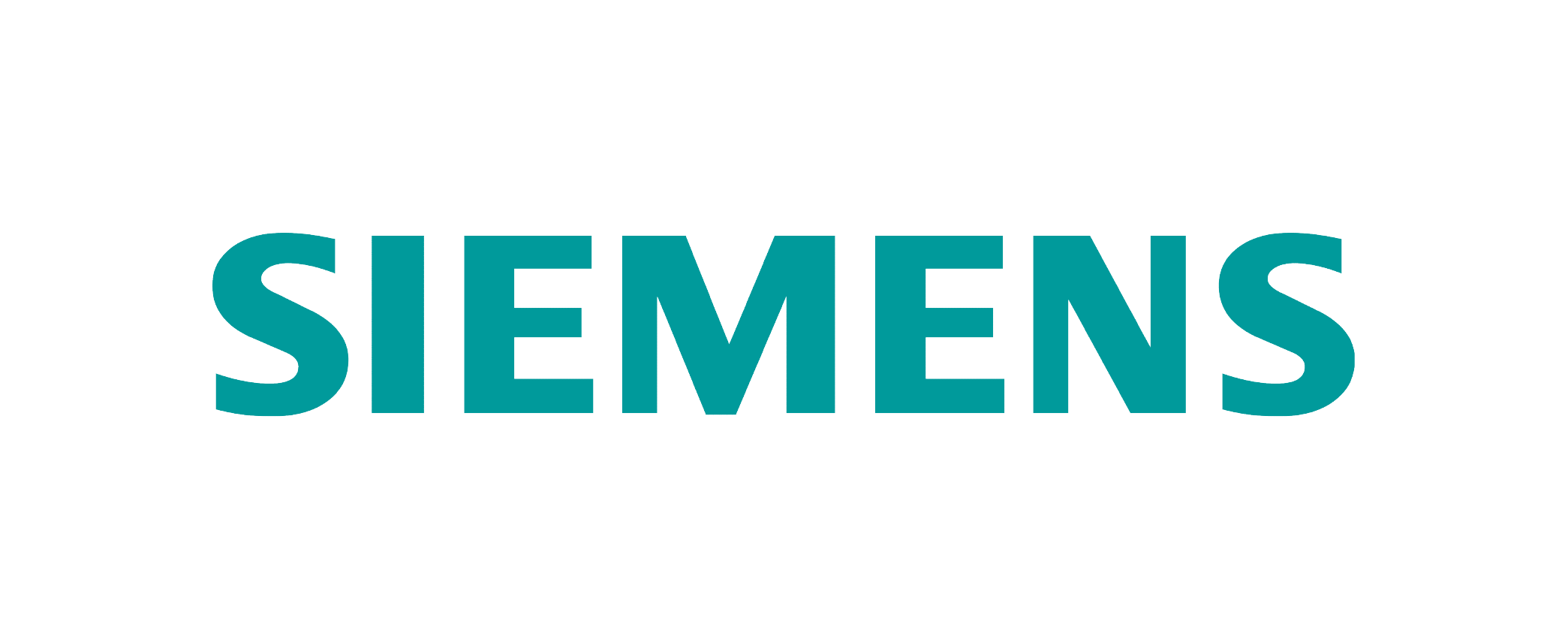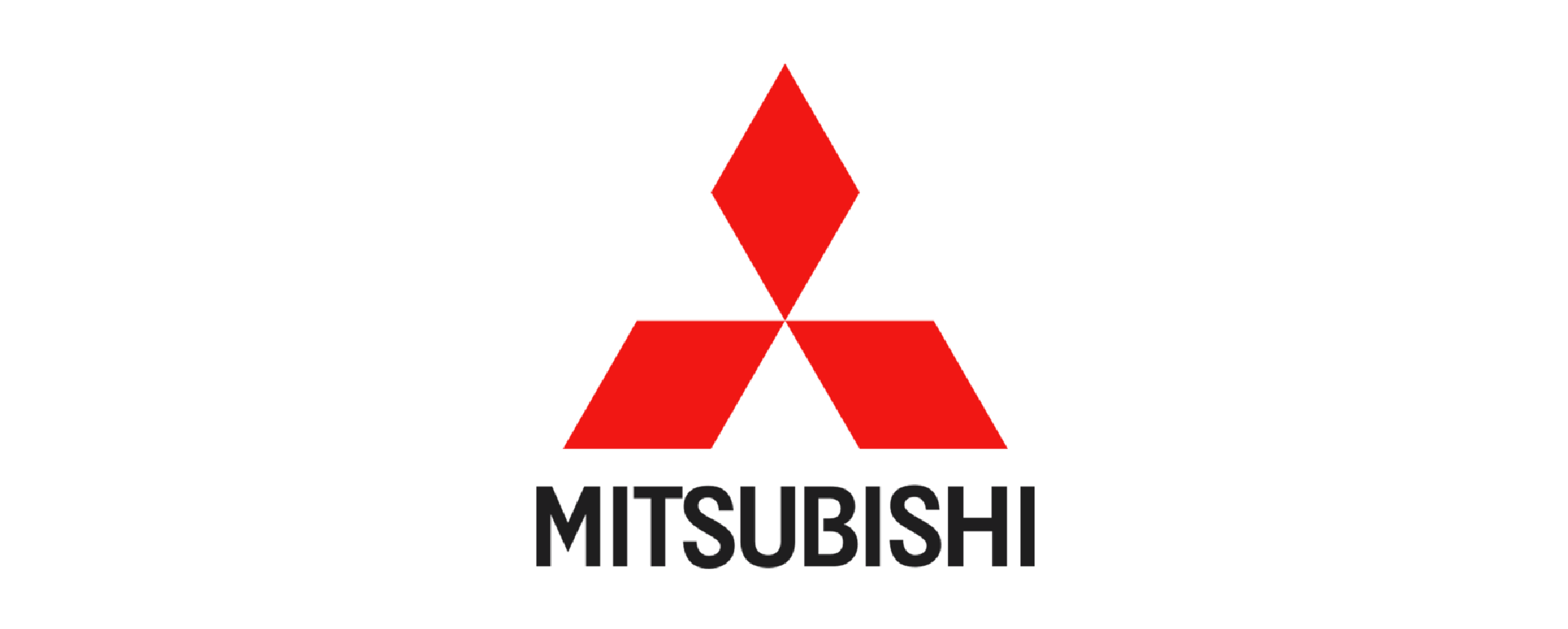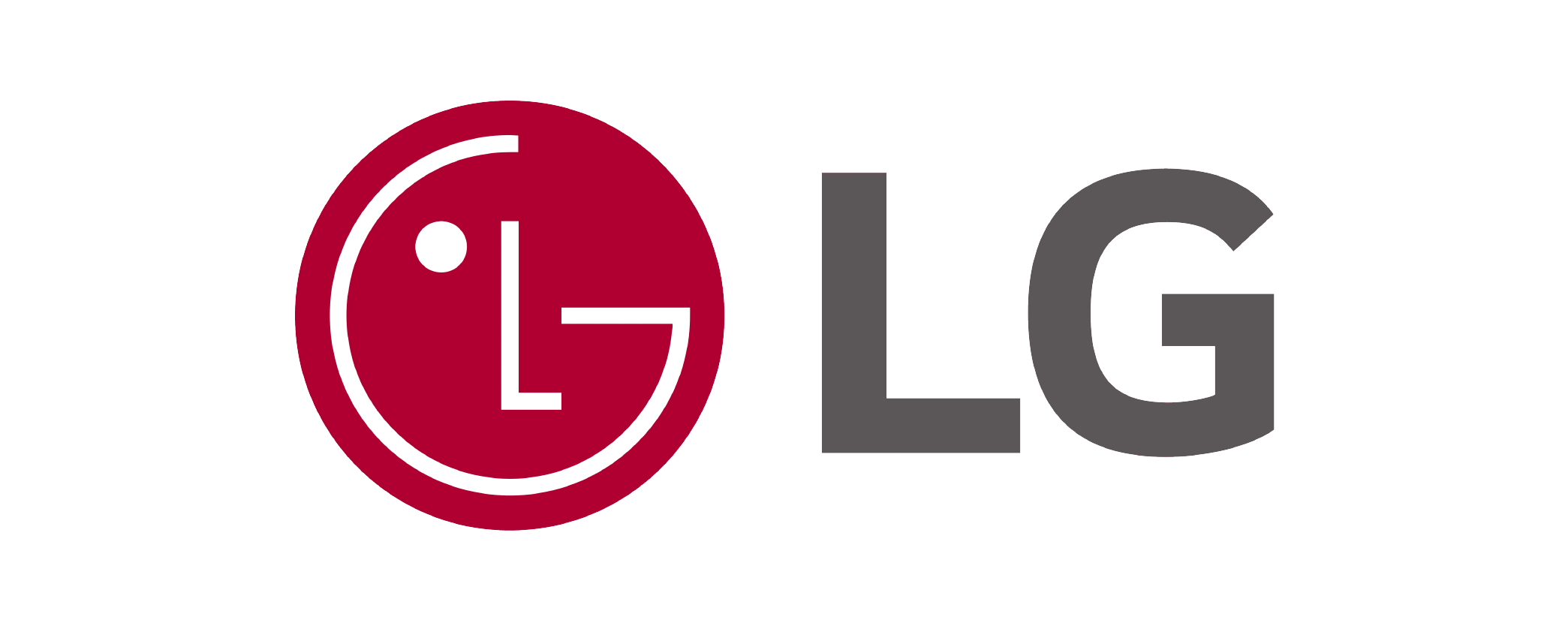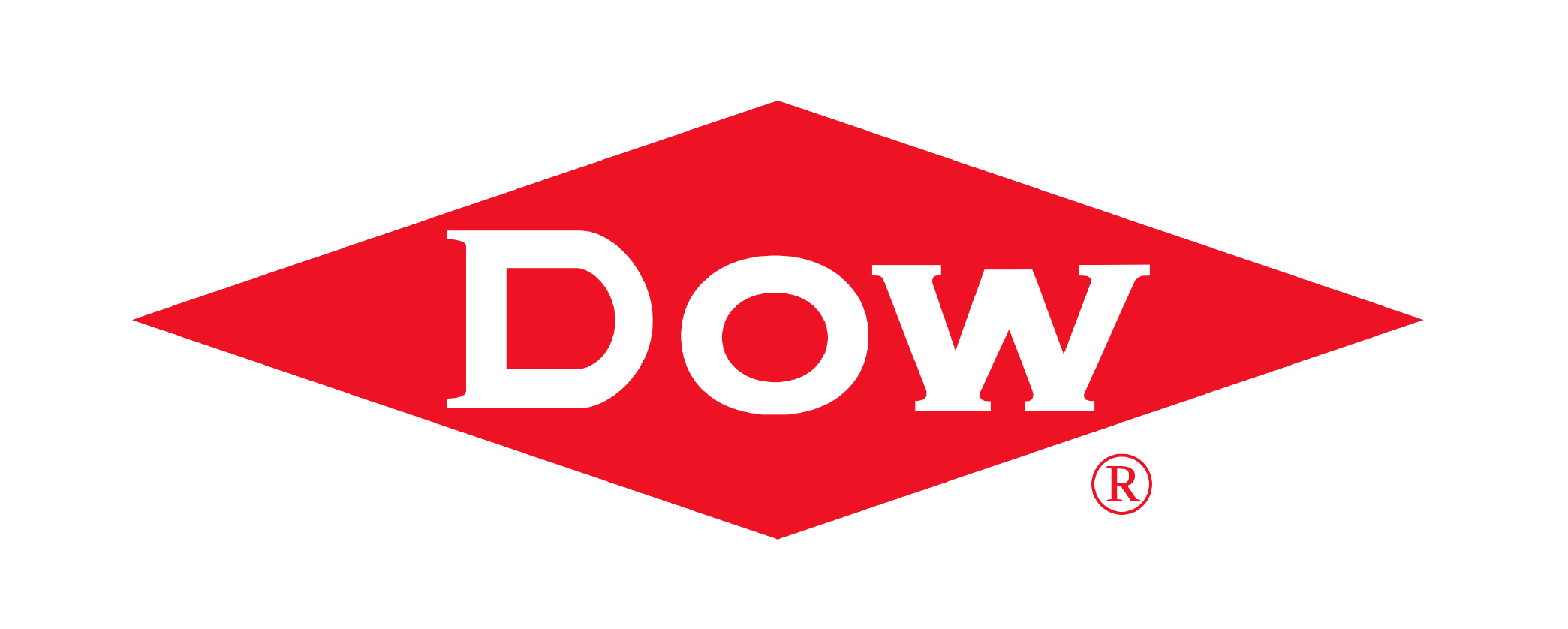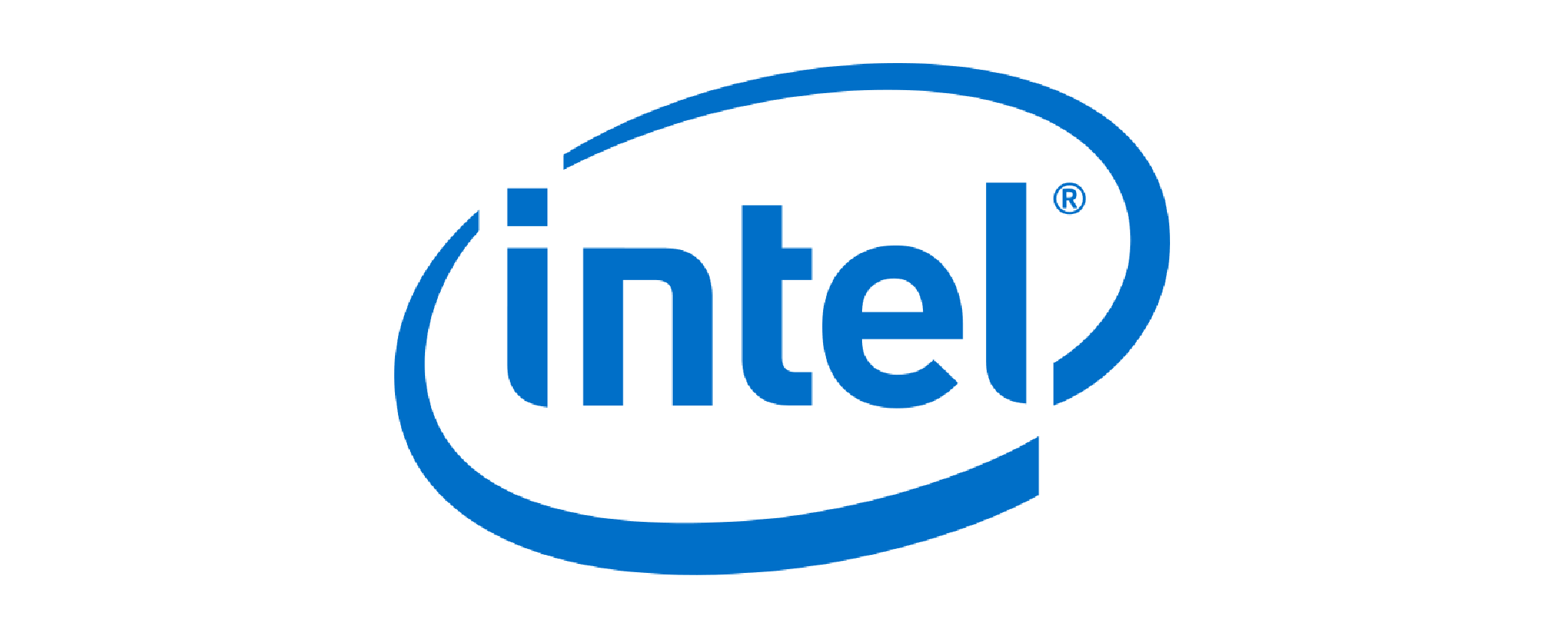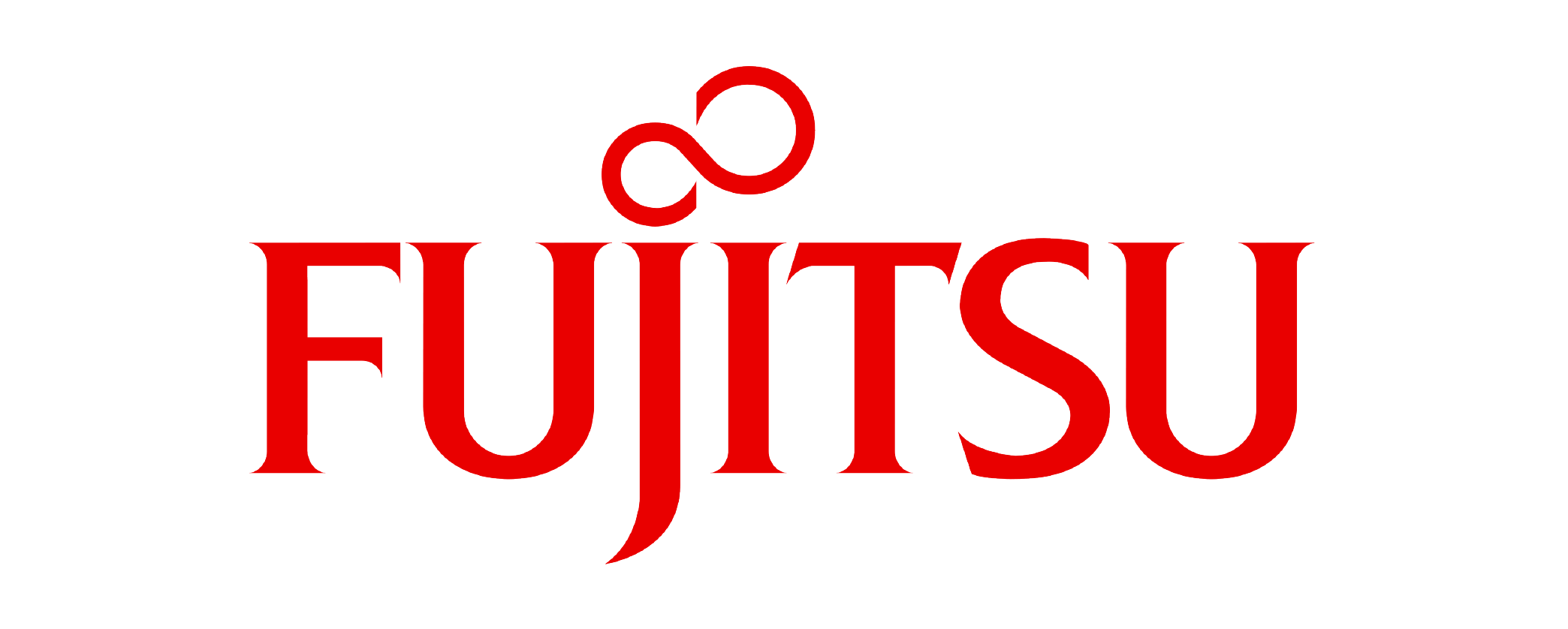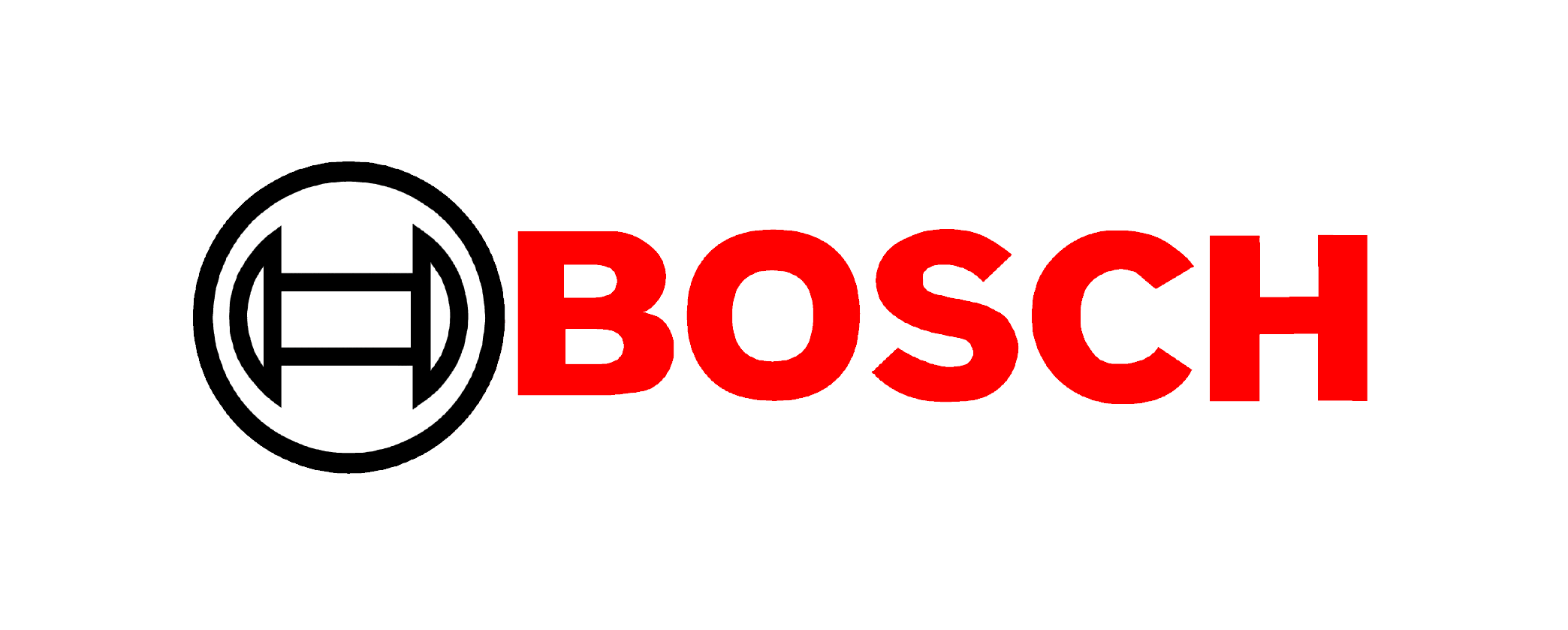The global Kneeboarding Market size was valued at USD 320 Million in 2024 and is projected to expand at a compound annual growth rate (CAGR) of 4.5% during the forecast period, reaching a value of USD 432 Million by 2032.
The "Kneeboarding Market Research Report" from Future Data Stats offers a comprehensive analysis of the Market landscape,leveraging historical data from 2021 to 2023 to highlight significant trends and growth patterns. With 2024 as a baseline year, the report examines consumer behaviors, compitive dynamics, and regulatory influences shaping the industry. Going beyond basic analysis, it provides a well-researched forecast for 2025 to 2033. Utilizing advanced data analysis techniques, the report outlines the Market growth path, identifies emerging opportunities, and anticipates potential challenges, equipping stakeholders with essential insights to navigate the evolving Market environment effectively.
MARKET OVERVIEW:
The kneeboarding market exists to meet the growing demand for accessible and enjoyable water sports experiences. It provides a wide range of equipment that caters to both casual users and competitive athletes. By offering boards designed for various skill levels, the market enables people of all ages to participate in a sport that combines fun, fitness, and skill development. Whether at a lake, resort, or training facility, kneeboarding appeals to those seeking a thrilling yet beginner-friendly water activity. Beyond recreation, the market also supports industries like tourism, sporting events, and rental services. It plays a role in boosting local economies by supplying products to water parks, resorts, and sports retailers. As interest in outdoor and adventure-based activities continues to grow, the kneeboarding market serves as a bridge between leisure and sport, encouraging both new and returning users to stay engaged with active, water-based lifestyles.
MARKET DYNAMICS:
Recent trends in the kneeboarding market show a clear shift toward lightweight and ergonomic board designs. Manufacturers now use advanced materials like carbon fiber and reinforced EVA foam to enhance performance while maintaining rider comfort. At the same time, eco-conscious consumers are driving interest in sustainable materials and production methods. Digital platforms also influence buying behavior, with online tutorials and social media exposure encouraging more people to try kneeboarding for the first time. Looking ahead, the market holds strong potential as water sports gain popularity across emerging regions. Travel destinations and resorts are expanding their offerings to include kneeboard rentals and training sessions, opening new revenue streams. Businesses also see growth opportunities in creating youth-focused programs and beginner kits that lower entry barriers. As consumer interest grows, the kneeboarding market will continue to evolve with smarter designs, wider accessibility, and increased collaboration between equipment makers, tourism operators, and sports organizations.
Companies are responding by developing high-performance boards that enhance maneuverability and stability, appealing to both beginners and seasoned riders. Additionally, the rise of social media platforms showcases kneeboarding, encouraging participation and fostering a vibrant community of water sports lovers. Despite its growth, the kneeboarding market faces challenges such as limited awareness in some regions and competition from other water sports. Economic fluctuations can also impact consumer spending on recreational gear. However, these challenges present opportunities for brands to educate potential customers through targeted marketing campaigns and engaging events. By expanding into emerging markets and collaborating with water sports organizations, companies can tap into a broader audience and stimulate interest in kneeboarding.
KNEEBOARDING MARKET SEGMENTATION ANALYSIS
BY TYPE:
Recreational Kneeboards continue to dominate the broader market due to their appeal among casual users and beginners. These boards typically offer user-friendly features like wider surfaces, thicker padding, and simpler strap systems. Manufacturers focus on comfort and affordability, making them highly accessible to families, tourists, and seasonal water sports participants. Their versatility in calm water settings makes them a staple at resorts and water parks, where first-time riders form a significant portion of the user base. The demand for Competitive Kneeboards rises steadily as water sports events and amateur competitions gain global traction. These boards cater to skilled riders who prioritize speed, precision, and trick performance. Key players in the market introduce technologically refined models with improved hydrodynamics and lightweight cores, allowing for higher maneuverability. Competitive kneeboards thrive in regions with strong sporting culture, particularly in North America and Australia, where professional training centers and competitions support a niche but loyal customer base.
Innovation in both categories drives market expansion, with brands frequently launching hybrid models that bridge recreational and competitive functionalities. As more riders progress from casual interest to advanced skill levels, product segmentation sharpens. Marketing strategies now highlight user skill compatibility, helping consumers differentiate between leisure-friendly and performance-focused boards. This refinement supports tailored manufacturing and targeted distribution, ensuring each type maintains its share across diverse geographies.
BY MATERIAL:
Plastic-based kneeboards dominate the entry-level segment, largely because of their affordability and ease of manufacturing. These boards appeal to mass markets, particularly among families, youth camps, and rentals. Plastic models withstand regular use and resist basic water damage, making them ideal for high-volume environments like resorts. However, their heavier build and basic structure limit their use in performance or competitive scenarios. Fiberglass kneeboards hold significant market value for their lightweight composition and enhanced durability. Riders appreciate their sleek finish and improved water glide, which supports smoother turns and better control. As mid-range products, fiberglass boards attract both seasoned hobbyists and budget-conscious competitors. Many brands incorporate fiberglass blends with other materials to balance cost and performance, further expanding their appeal.
The surge in carbon fiber usage marks a leap in premium board production. These boards are ultra-light, rigid, and engineered for high-speed precision, favored in professional circles and competitive events. Though expensive, carbon fiber kneeboards represent top-tier craftsmanship and performance. Meanwhile, EVA foam emerges as a comfort-centric material, especially in padding and top decks. EVA enhances user experience, particularly in recreational boards where comfort and grip are key. Together, these material advancements drive innovation and consumer satisfaction across the spectrum.
BY DISTRIBUTION CHANNEL:
Online retail platforms have taken a commanding role in how kneeboards reach consumers. E-commerce offers expansive access to both mainstream and niche models, supported by detailed product descriptions, customer reviews, and competitive pricing. Brands leverage digital tools to showcase videos, offer virtual trials, and enable direct-to-consumer delivery. The shift to online sales surged after the pandemic, with many manufacturers investing heavily in their digital storefronts to capture global buyers. Specialty stores remain critical for consumers seeking personalized advice and hands-on product trials. These stores offer expert guidance, product demos, and in-store customization, enhancing the buying experience. Specialty retailers often stock high-end or performance boards, attracting enthusiasts and professionals who value technical knowledge and quality assurance. Their reputation for reliability helps foster long-term customer loyalty and strong word-of-mouth referrals.
Sports equipment stores and hypermarkets/supermarkets contribute to volume sales, particularly in suburban and tourist-heavy areas. While hypermarkets generally carry entry-level kneeboards, sports stores stock a wider range, including mid-tier models. These channels benefit from their broad foot traffic and convenient locations. However, the increasing dominance of e-commerce challenges their growth, pushing many to improve their in-store experience and integrate online-offline sales strategies to stay competitive.
BY END USER:
The adult segment leads the kneeboarding market, both in terms of participation and spending. Adults often invest in higher-quality boards and gear, whether for fitness, sport, or leisure. Many adult users also engage in competitive or recreational training, driving demand for durable, high-performance equipment. As adventure tourism expands, especially among millennial and Gen Z travelers, adult kneeboarding gains traction as part of water sport packages and resort activities. Meanwhile, kids represent a fast-growing segment, driven by school camps, family vacations, and beginner-friendly models. Manufacturers design kid-specific boards with safety features like padded straps, soft edges, and lightweight builds. The popularity of youth sports and recreational clubs also contributes to rising demand, particularly in North America and Europe. Brands often use vibrant colors and cartoon-themed designs to attract young users, making the experience fun and engaging.
Both segments benefit from targeted marketing and tailored product development. While adults look for performance, stability, and long-term durability, kids prioritize ease of use and safety. The availability of age-specific boards ensures that users across age groups enjoy a suitable and satisfying experience. This bifurcation supports steady market growth across family-friendly resorts, learning programs, and private ownership.
BY APPLICATION:
Personal recreation remains the strongest application segment, as kneeboarding becomes a go-to water sport for solo and family fun. Most recreational users prioritize ease of use, comfort, and affordability, which supports the growth of user-friendly models. Tourists, weekend adventurers, and casual hobbyists drive this demand, particularly in lake regions, coastal areas, and holiday resorts. Recreational use sustains consistent year-round sales, especially in warmer climates and travel hotspots. Sports competitions foster a performance-driven market segment, where precision, speed, and design quality take center stage. Athletes and professionals demand boards that enhance maneuverability and support trick execution. International and regional competitions spotlight kneeboarding, raising its profile among youth and sports communities. This application encourages innovation and sets standards for durability, weight, and hydrodynamics, influencing the development of competitive models.
Water sports training and rental services play vital supporting roles in expanding kneeboarding accessibility. Training programs introduce new riders to the sport, often using beginner-friendly boards that balance safety and functionality. Rental services, especially in coastal and tourist hubs, maintain steady demand for durable, low-maintenance models. These applications reduce barriers to entry and fuel interest in ownership, helping to build a broader customer base over time.
REGIONAL ANALYSIS:
In North America, the kneeboarding market thrives due to widespread interest in recreational water sports and well-developed tourism infrastructure. Lakeside resorts, summer camps, and water parks drive consistent demand for both beginner and performance boards. The United States and Canada lead in terms of consumer spending, with strong retail networks and established sporting communities supporting product innovation and availability.
In Europe, interest in water-based leisure activities continues to grow, especially in countries with active coastal tourism like France, Spain, and Italy. Consumers in this region favor durable, eco-friendly materials, pushing brands to invest in sustainable designs. Meanwhile, Asia Pacific sees rapid growth driven by rising disposable incomes, expanding beach tourism in countries like Thailand and Australia, and increasing youth participation. Latin America and the Middle East & Africa show emerging potential as resorts and tourist hubs integrate kneeboarding into their offerings. These regions benefit from warm climates and growing interest in outdoor sports, presenting new opportunities for manufacturers and rental service providers alike.
MERGERS & ACQUISITIONS:
- In Jan 2024: HO Sports launched the new Pro-Ride kneeboard series.
- In Feb 2024: Liquid Force acquired WaveJet Technologies for hydrofoil integration.
- In Mar 2024: Ronix introduced carbon-fiber reinforced kneeboards.
- In Apr 2024: Connelly Skis expanded distribution to European markets.
- In May 2024: Hyperlite partnered with pro athletes for signature models.
- In Jun 2024: Jobe Sports released a recyclable kneeboard line.
- In Jul 2024: Slingshot Sports merged with a wakeboard accessory manufacturer.
- In Aug 2024: Radar Skis upgraded its binding technology.
- In Sep 2024: O'Brien Watersports invested in automated production.
- In Oct 2024: Byerly Boards debuted a lightweight competition kneeboard.
- In Nov 2024: CWB expanded its warranty program globally.
- In Dec 2024: HO Syndicate launched a limited-edition holiday kneeboard.
KEYMARKET PLAYERS:
- HO Sports
- Liquid Force
- Connelly Skis
- O'Brien Watersports
- Hyperlite Wakeboards
- Ronix
- Jobe Sports
- Radar Skis
- Slingshot Sports
- Byerly Boards
- HO Syndicate
- Innovation Sports
- CWB (Connelly Wakeboards)
- Humanoid Wakeboards
- D3 Skis
- MasterCraft Boat Company (kneeboarding gear division)
- HO Freeride
- Straight Line
- KD Watersports
- HO VTR
Kneeboarding Market: Table of Contents
Executive Summary
Market Introduction
Market Dynamics
- Drivers
- Restraints
- Opportunities
- Challenges
Market Trends and Insights
Impact of Macroeconomic Factors
Kneeboarding Market Segmentation
- By Type
- By Material
- By Distribution Channel
- By End User
- By Application
Competitive Landscape
- Market Share Analysis
- Key Player Profiles
- Recent Developments
Strategic Recommendations
Research Methodology
Appendix
Kneeboarding Market Segmentation
By Type:
- Recreational Kneeboards
- Competitive Kneeboards
By Material:
- Plastic
- Fiberglass
- Carbon Fiber
- EVA Foam
By Distribution Channel:
- Online Retail
- Specialty Stores
- Sports Equipment Stores
- Hypermarkets & Supermarkets
By End User:
- Adults
- Kids
By Application:
- Personal Recreation
- Sports Competitions
- Water Sports Training
- Rental Services
By Geography:
- North America (USA, Canada, Mexico)
- Europe (UK, Germany, France, Italy, Spain, Rest of Europe)
- Asia-Pacific (China, Japan, Australia, South Korea, India, Rest of Asia-Pacific)
- South America (Brazil, Argentina, Rest of South America)
- Middle East and Africa (GCC Countries, South Africa, Rest of MEA)
Why You Should Invest in a Market Research Report
Smarter Business Decisions:
Investing in a high-quality market research report equips you with invaluable insights into industry trends, customer preferences, and competitor strategies. With solid data guiding your decisions, you can minimize risks and confidently explore new opportunities—whether launching a product or expanding into new markets.
Spot Hidden Opportunities:
Market research uncovers unmet customer needs and emerging trends before they hit the mainstream. By aligning your offerings with these insights, you can stay ahead of the competition and tap into previously untapped demand.
Know Your Competition Inside Out:
Gain a comprehensive understanding of your competitors' strengths, weaknesses, and strategies. This knowledge allows you to refine your unique selling points, enhance your positioning, and effectively outmaneuver your rivals.
Sharper, More Effective Marketing:
Understanding your audience is essential for successful marketing. Market research reveals who your customers are, what drives their decisions, and how they interact with brands. Armed with these insights, you can craft tailored campaigns that yield better results and higher ROI.
Reduce Risks Before They Arise:
Every business decision carries risks, but market research helps you anticipate challenges before they escalate. By analyzing market conditions and potential obstacles, you can make proactive adjustments to safeguard your bottom line and reputation.
Strengthen Your Case for Funding:
Investors and lenders seek proof of market potential before committing to your business. A well-researched report provides the data-driven evidence they need, boosting your credibility and enhancing your chances of securing capital.
Stay Ahead of Industry Shifts:
Markets evolve rapidly, influenced by new technologies, regulations, and changing consumer behaviors. Regular market research keeps you informed, enabling you to adapt quickly and maintain a competitive edge in your industry.
RESEARCH METHODOLOGY AT FUTURE DATA STATS
At Future Data Stats, we merge decades of industry expertise with innovative research techniques, delivering unparalleled market intelligence. Our seasoned analysts employ a dynamic, data-driven approach to uncover actionable insights, empowering businesses to navigate complex market landscapes with confidence.
Comprehensive & Cutting-Edge Market Analysis:
We delve deeper than surface-level trends, offering a holistic view of market dynamics. Our research methodology is designed to:
- Accurately assess market size, growth patterns, and competitive landscapes.
- Identify emerging opportunities through real-time trend analysis and predictive modeling.
- Validate findings with high-quality data, expert consultations, and independent verification.
Our insights equip decision-makers with strategic clarity, ensuring they remain ahead in rapidly evolving industries.
Multi-Source Data Collection & Validation:
We utilize a diverse mix of primary and secondary research sources, including:
- In-depth stakeholder interviews with industry leaders, suppliers, distributors, and end-users.
- Statistical databases & market reports from authoritative global sources.
- Regional market intelligence to capture localized trends and demand shifts.
- Proprietary analytical models tailored to specific industry needs.
By cross-verifying data from multiple streams, we ensure maximum accuracy and reliability.
Key Advantages of Our Research Approach:
- Actionable Intelligence: Clear, data-backed recommendations for strategic planning.
- Technology-Enhanced Accuracy: Advanced tools for data validation and trend forecasting.
- Unbiased Insights: Independent analysis free from external influence.
Our Two-Tier Research Framework:
Primary Research – Direct Industry Engagement
- Expert Interviews: Over 25 hours of discussions with key stakeholders across the value chain.
- Targeted Surveys: Structured questionnaires for Key Opinion Leaders (KOLs) to gauge market sentiment.
- Competitive Benchmarking: Assessing leading players to determine market positioning.
Secondary Research – Extensive Data Synthesis
- Analysis of 3,000+ documents, including industry reports, whitepapers, and regulatory publications.
- Global & regional data mining from government databases, trade journals, and financial reports.
- Macroeconomic & sector-specific trend mapping for long-term forecasting.
Dual Analytical Approach:
- We employ both top-down and bottom-up methodologies to ensure precision:
- Bottom-Up Analysis: Calculating market size from granular data for detailed accuracy.
- Top-Down Assessment: Validating findings through macroeconomic indicators and industry benchmarks.
Why Choose Future Data Stats?
- 70+ years of collective expertise in market intelligence.
- Customized research models for sector-specific accuracy.
- Transparent, reliable, and forward-thinking insights.
With Future Data Stats, you don’t just receive data—you gain a strategic advantage. Partner with us to unlock the full potential of your market decisions.
Kneeboarding Market Dynamic Factors
Drivers:
- Water sports enthusiasts fuel rising demand.
- Tourism boosts equipment sales in coastal areas.
- Manufacturers innovate with lightweight, durable materials.
Restraints:
- Off-season dips reduce sales momentum.
- High-performance boards carry steep price tags.
- Limited awareness in emerging economies hinders growth.
Opportunities:
- E-commerce expansion opens global access.
- Youth sports programs increase participation.
- Rentals and resorts adopt kneeboards to attract guests.
Challenges:
- Competing water sports divert attention.
- Transport and storage of boards remain cumbersome.
- Safety concerns limit parent approval for kids.
Kneeboarding Market Regional Key Trends Analysis
North America:
- Retailers push premium kneeboards for performance users.
- Summer camps increase demand among teens.
- Lakeside tourism drives recreational purchases.
Europe:
- Eco-friendly materials gain traction in board production.
- Sporting events spotlight competitive kneeboarding.
- Online platforms dominate equipment sales.
Asia-Pacific:
- Coastal tourism accelerates product uptake.
- Youth recreation centers promote kneeboarding.
- Domestic brands enter with affordable offerings.
Latin America:
- Resorts expand water activity options, including kneeboards.
- Importers focus on cost-effective models for local buyers.
- Social media boosts visibility among young consumers.
Middle East & Africa:
- Water parks introduce kneeboard attractions.
- Urban youth explore water sports as new leisure.
- Government investments in tourism promote watersport activities.
Frequently Asked Questions







